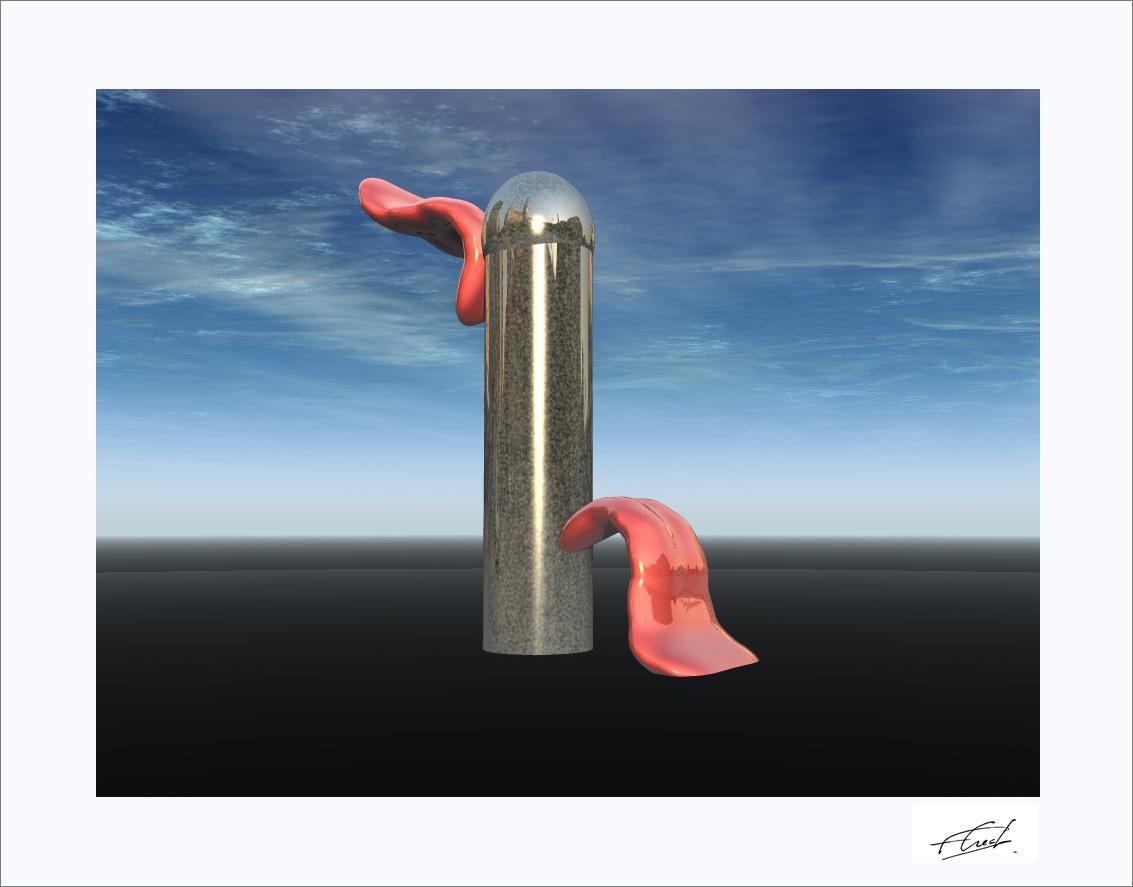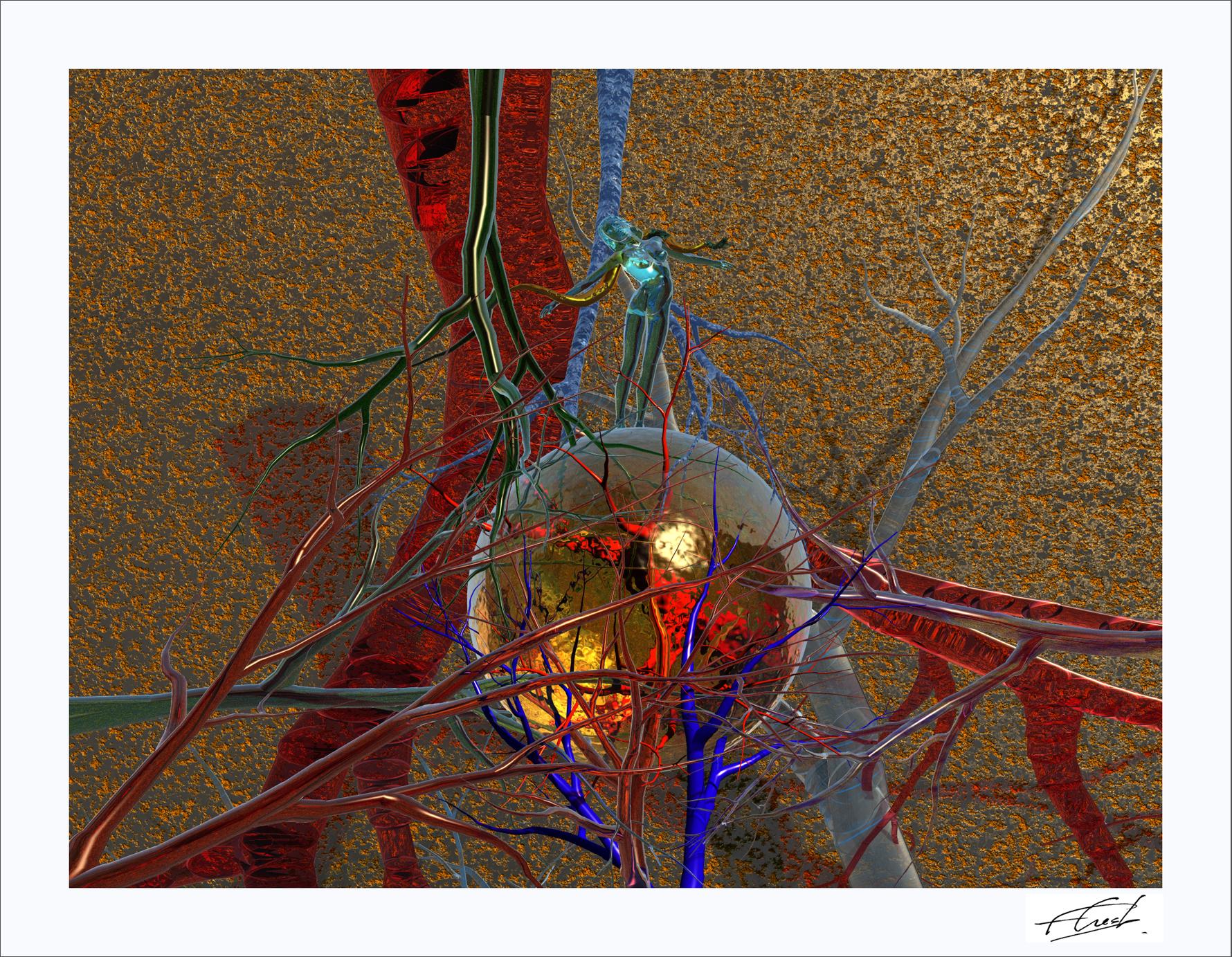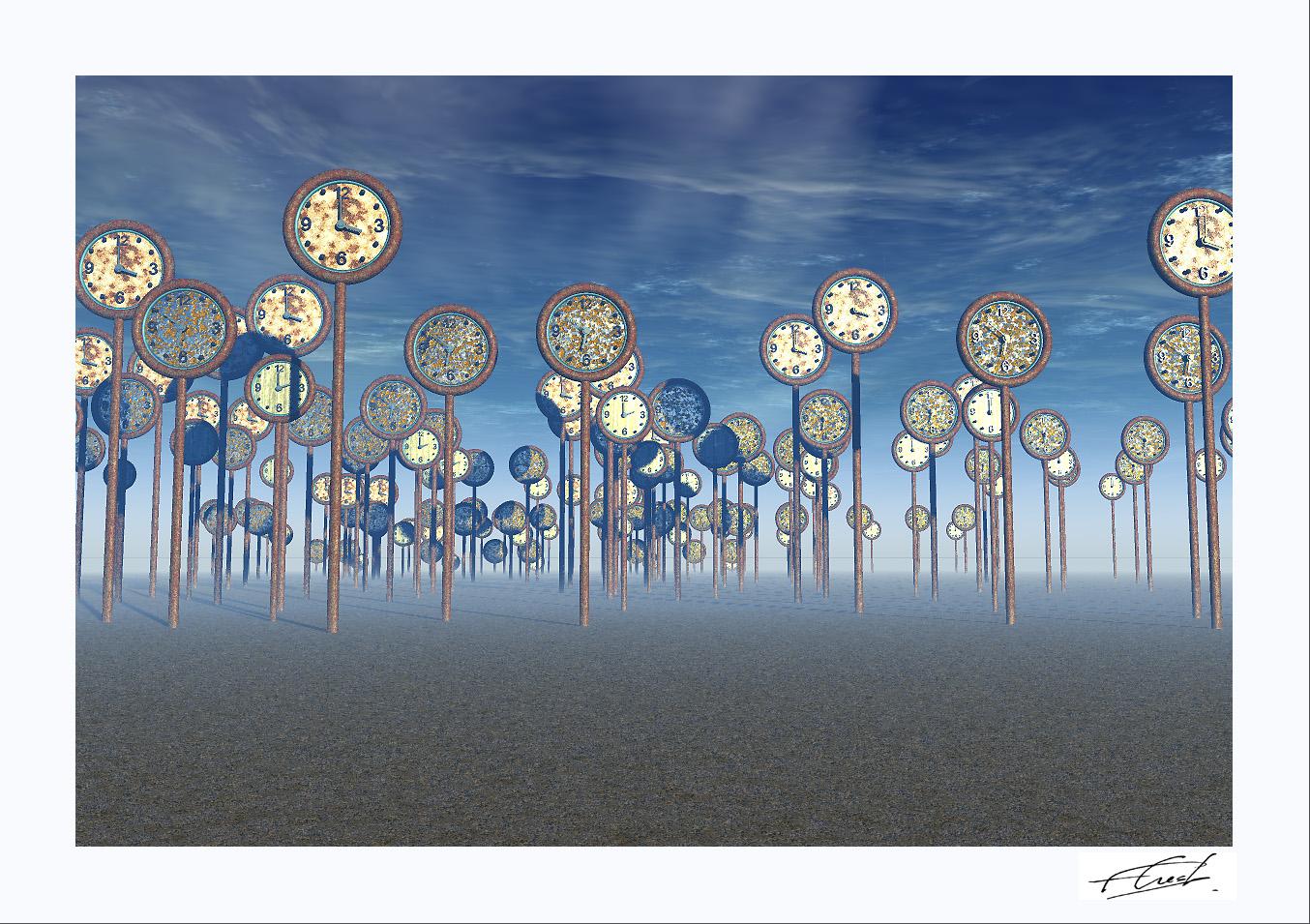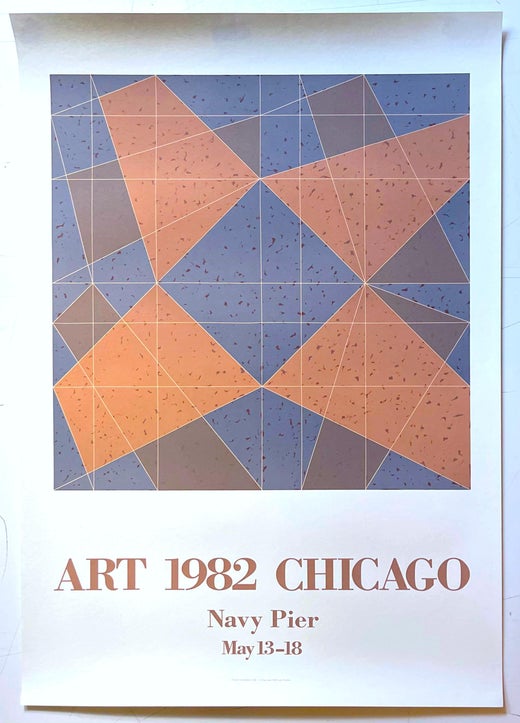Jack TworkovTL#61978
1978
About the Item
- Creator:Jack Tworkov (1900-1982, American, Polish)
- Creation Year:1978
- Dimensions:Height: 16.5 in (41.91 cm)Width: 22.5 in (57.15 cm)
- Period:
- Condition:
- Gallery Location:Missouri, MO
- Reference Number:1stDibs: LU74736231522
Jack Tworkov
Jack Tworkov, a literate man uncertain whether to become a poet or painter. Tworkov became an Abstract Expressionist who is known for that style modified with gridlike restraint of forms and low-key color. Tworkov was also an art educator. From 1963–69, Tworkov was Chair of the Art Department at Yale University and he also held teaching positions at Queens College, 1948–51; Black Mountain College, summer of 1952; Pratt Institute, 1955–58; 1972 and American Academy in Rome. Except for temporary periods, Tworkov lived primarily in New York City and Provincetown, Massachusetts. At Yale, where Tworkov was Visiting Professor of Art from 1961–63 and Department Chair from 1963–69, he was stirred by questions of the interrelationship of psychology, education, political history and art creativity and as a result, instigated cross-disciplinary study. Among the future 'big-name' artists Tworkov mentored were Jennifer Bartlet, Robert Mangold, Chuck Close and Nancy Graves. Tworkov was born in Biala, Poland, and at the age of 13 immigrated to New York City wherein 1928, he became a US citizen. Tworkov studied at Columbia University from 1920–23, majoring in English. Tworkov left Columbia to attend the National Academy of Design from 1923–25 and 1925–26 at the Art Students League. During this period, Tworkov did landscapes, still lifes, portraits and figure studies that show the influence of European modernism, especially the paintings of Paul Cezanne. From 1935–41, Tworkov worked in the Easel Division of the WPA Federal Art Project and by the 1940s was deeply involved in Abstract Expressionism with work characterized by broad, spontaneous brush strokes. Tworkov loved the camaraderie of painting, especially with Karl Knaths, Franz Kline and Willem DeKooning, the latter with whom he had an adjoining studio from 1948–53. However, in the early 1940s, his career like that of so many was interrupted by military service, which he served as a tool designer. In 1958, Tworkov established a permanent studio in Provincetown, Massachusetts and worked there from May to November until he died in 1977. In 1963, as Chair of the Yale Art Department, Tworkov became close to Josef Albers whose Geometric Abstraction influenced his style of small, measured brush strokes. Tworkov was determined to subvert his individuality into a coherent, measured system, which meant he was much less spontaneous than most of his peer Abstract Expressionists.
- ShippingRetrieving quote...Ships From: Missouri, MO
- Return PolicyA return for this item may be initiated within 2 days of delivery.
- Study/Falling Man (Series II)By Ernest Tino TrovaLocated in Missouri, MOStudy/Falling Man (Series II), 1967 By. Ernest Tino Trova (American, 1927-2009) Signed in Pencil Lower Right Color Lithograph Unframed: 6 x 6 inches With Frame: 8.75 x 8.5 inches Kn...Category
20th Century American Modern Abstract Prints
MaterialsLithograph
- Senza Titolo 10 (Lynton G.68)By Victor PasmoreLocated in Missouri, MOSenza Titolo 10 (Lynton G.68), 1989 By. Victor Pasmore (1908-1998) Etching and Aquatint Signed Bottom Right Edition 47/90 Bottom Left Site Size: approx. 30 x 80" Framed Size: approx...Category
20th Century Abstract Abstract Prints
MaterialsEtching, Aquatint
- Study/Falling Man (Series II)By Ernest Tino TrovaLocated in Missouri, MOStudy/Falling Man (Series II) By. Ernest Tino Trova (American, 1927-2009) 24 x 24 inches Wrapped to Foam Core Signed Artist Proof Lower Right Ernest Tino Trova (American, 1927-2009)...Category
1960s American Modern Abstract Prints
MaterialsScreen
- Study/Falling Man (Series I)By Ernest Tino TrovaLocated in Missouri, MOStudy/Falling Man (Series I), 1967 By. Ernest Tino Trova (American, 1927-2009) 24 x 24 inches Wrapped to Foam Core Signed Artist Proof Lower Right Ernest Tino Trova (American, 1927-...Category
1960s American Modern Abstract Prints
MaterialsScreen
- Abstract (Edition 24/75)By Bram Van VeldeLocated in Missouri, MOAbstract (Edition 24/75) By Bram van Velde (1895-1981) Signed and Numbered Bottom Center Without Frame: 37" x 24" With Frame: 37.75" x 24.75" Bram (Abraham Gerardus) van Velde was a Dutch painter known for an intensely colored and geometric semi-representational painting style related to Tachisme*, and Lyrical Abstraction*. He is often seen as member of the School of Paris* but his work resides somewhere between expressionism* and surrealism*, and evolved in the 1960s into an expressive abstract art. His paintings from the 1950s are similar to the contemporary work of Matisse, Picasso and the abstract expressionist Adolph Gottlieb. He was championed by a number of French-speaking writers, including Samuel Beckett and the poet André du...Category
20th Century Abstract Abstract Prints
MaterialsLithograph
- Observador de PajarosBy Rufino TamayoLocated in Missouri, MO"Observador de Pajaros" 1950 By. Rufino Tamayo (Mexican, 1899-1991) Edition 83/210 Lower Right Signed Lower Left Unframed: 15.5" x 22.5" Framed: 21.75" x 28.25" Rufino Tamayo (August 26, 1899- June 24, 1991) A native of Oaxaca in Southern Mexico, Rufino Tamayo's father was a shoemaker, and his mother a seamstress. Some accounts state that he was descended from Zapotec Indians, but he was actually 'mestizo' - of mixed indigenous/European ancestry. (Santa Barbara Museum of Art). He began painting at age 11. Orphaned at the age of 12, Tamayo moved to Mexico City, where he was raised by his maternal aunt who owned a wholesale fruit business. In 1917, he entered the San Carlos Academy of Fine Arts, but left soon after to pursue independent study. Four years later, Tamayo was appointed the head designer of the department of ethnographic drawings at the National Museum of Archaeology in Mexico City. There he was surrounded by pre-Colombian objects, an aesthetic inspiration that would play a pivotal role in his life. In his own work, Tamayo integrated the forms and tones of pre-Columbian ceramics into his early still lives and portraits of Mexican men and women. In the early 1920s he also taught art classes in Mexico City's public schools. Despite his involvement in Mexican history, he did not subscribe to the idea of art as nationalistic propaganda. Modern Mexican art at that time was dominated by 'The Three Great Ones' : Diego Rivera, Jose Clemente Orozco, and David Alfaro Siqueros, but Tamayo began to be noted as someone 'new' and different' for his blending of the aesthetics of post Revolutionary Mexico with the vanguard artists of Europe and the United States. After the Mexican Revolution, he focused on creating his own identity in his work, expressing what he thought was the traditional Mexico, and refusing to follow the political trends of his contemporary artists. This caused some to see him as a 'traitor' to the political cause, and he felt it difficult to freely express himself in his art. As a result, he decided to leave Mexico in 1926 and move to New York, along with his friend, the composer Carlos Chavez. The first exhibition of Tamayo's work in the United States was held at the Weyhe Gallery, New York, in that same year. The show was successful, and Tamayo was praised for his 'authentic' status as a Mexican of 'indigenous heritage', and for his internationally appealing Modernist aesthetic. (Santa Barbara Museum of Art). Throughout the late thirties and early forties New York's Valentine Gallery gave him shows. For nine years, beginning in 1938, he taught at the Dalton School in New York. In 1929, some health problems led him to return to Mexico for treatment. While there he took a series of teaching jobs. During this period he became romantically involved with the artist Maria...Category
20th Century Abstract Abstract Prints
MaterialsLithograph
- "Erotic Mind III" 2018 Utopian Sculptures Serial Prints by Fernando Crespo #100By Fernando CrespoLocated in Coimbra, PTF. Crespo author of a world-famous giant sculpture Pope Francis Heart. Makes a first edition of his private and utopian projects. Fernando Crespo is a r...Category
Early 2000s Contemporary Abstract Prints
MaterialsInkjet
- "Erotic Mind I" 2018 Utopian Sculptures Serial Prints by Fernando Crespo #100By Fernando CrespoLocated in Coimbra, PTF. Crespo author of a world-famous giant sculpture Pope Francis Heart. Makes a first edition of his private and utopian projects. Fernando Crespo is a recognized artist in Portugal. ...Category
Early 2000s Contemporary Abstract Prints
MaterialsInkjet
- "Erotic Mind II" 2018 Utopian Sculptures Serial Prints by Fernando Crespo #100By Fernando CrespoLocated in Coimbra, PTF. Crespo author of a world-famous giant sculpture Pope Francis Heart. Makes a first edition of his private and utopian projects. Fernando Crespo is a recognized artist in Portugal. ...Category
Early 2000s Contemporary Abstract Prints
MaterialsInkjet
- "Erotic Mind II" 2018 Utopian Sculptures Serial Prints by Fernando Crespo #100By Fernando CrespoLocated in Coimbra, PTF. Crespo author of a world-famous giant sculpture Pope Francis Heart. Makes a first edition of his private and utopian projects. Fernando Crespo is a recognized artist in Portugal. ...Category
Early 2000s Contemporary Abstract Prints
MaterialsInkjet
- "Fashion Victims" 2018 Utopian Sculptures Serial Prints by Fernando Crespo#100By Fernando CrespoLocated in Coimbra, PTF. Crespo author of a world-famous giant sculpture Pope Francis Heart. Makes a first edition of his private and utopian projects. Fernando Crespo is a r...Category
Early 2000s Contemporary Abstract Prints
MaterialsInkjet
- "Suspended Lives" 2018 Utopian Sculptures Serial Prints by Fernando Crespo #100By Fernando CrespoLocated in Coimbra, PTF. Crespo author of a world-famous giant sculpture Pope Francis Heart. Makes a first edition of his private and utopian projects. Fernando Crespo is a recognized artist in Portugal. ...Category
Early 2000s Contemporary Abstract Prints
MaterialsInkjet






